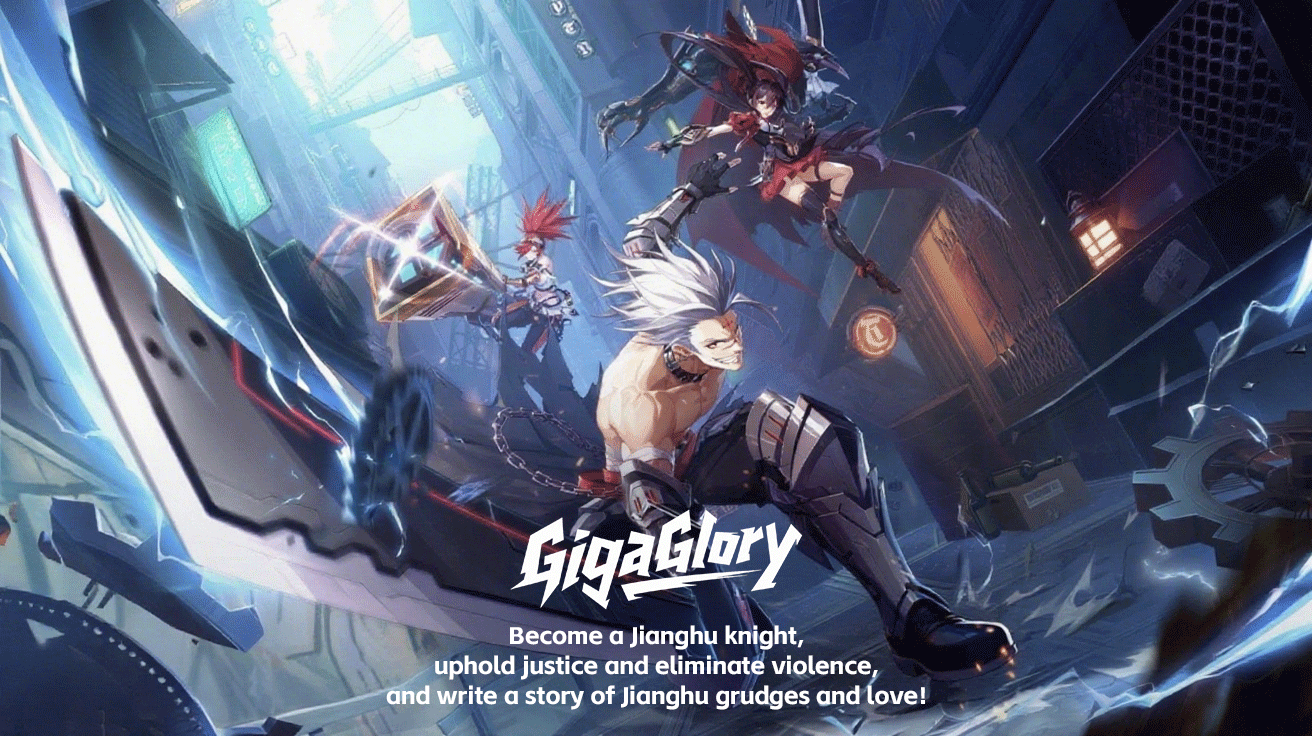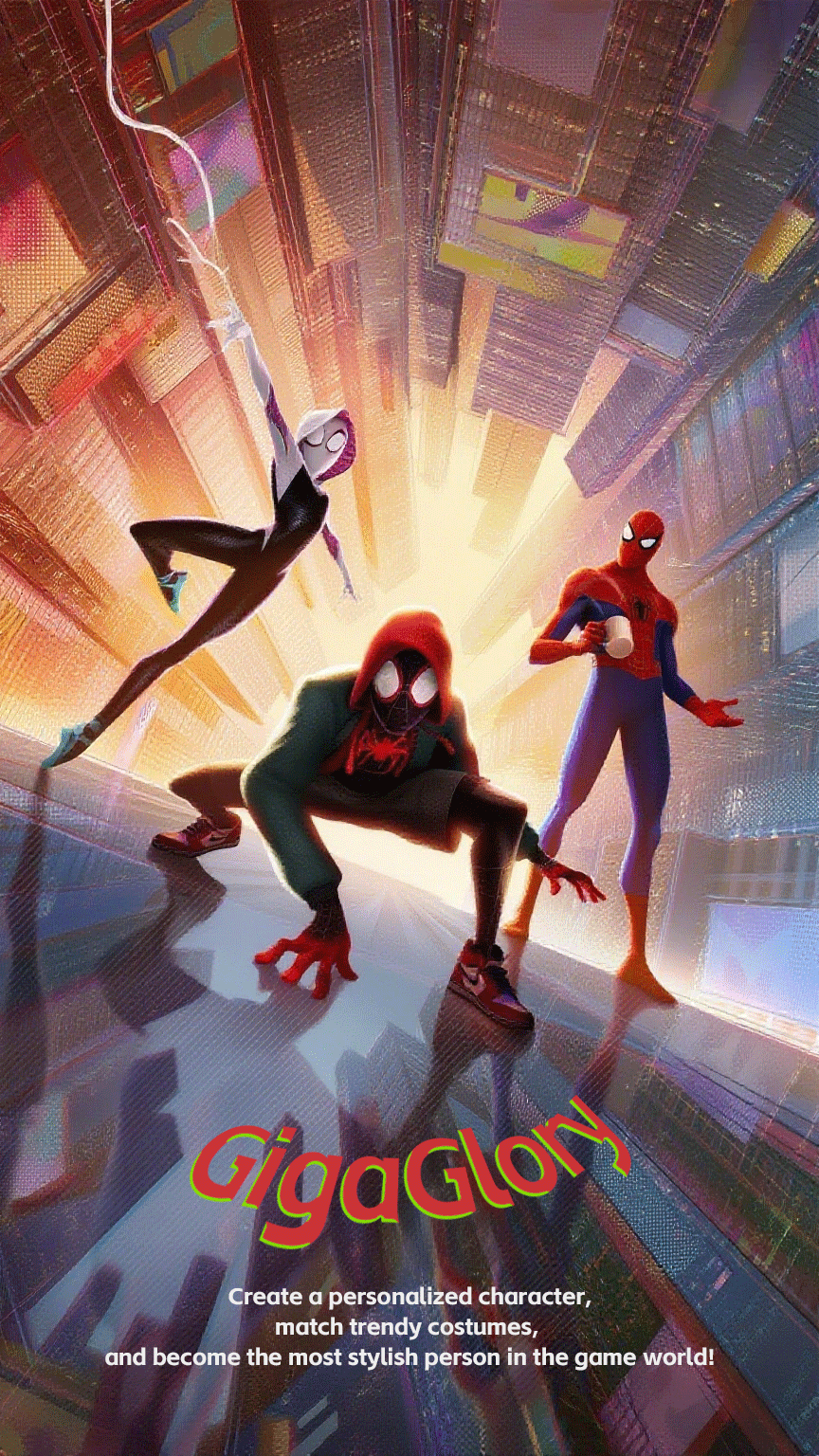Exploring the Evolution of MMORPG Games: From Classic to Cutting-Edge Experiences
Massively Multiplayer Online Role-Playing Games (MMORPGs) have exploded in popularity over the years, transitioning from simple 2D experiences to highly detailed, immersive worlds. In this article, we will delve into the journey of MMORPGs, showcasing the remarkable transformations they have undergone. Let’s dissect several key phases of this evolution!
The Dawn of MMORPGs: A Nostalgic Look Back
The origins of MMORPGs date back to the late 1990s, with pioneers like EverQuest and Ultima Online. These early games laid the groundwork for what would become a thriving genre. Players were thrust into expansive fantasy realms, allowing them to interact, quest, and forge alliances with others.
Key features of early MMORPGs include:
- Simple graphics: Pixelated landscapes and basic character models were the norms.
- Text-based interactions: Communicating was predominantly through chat and forums.
- Community-driven gameplay: Player relationships were paramount, often forming guilds and clans.
MMORPGs in the 2000s: Growth and Innovation
As technology advanced, so did MMORPGs. The early 2000s saw the rise of World of Warcraft, which would redefine the genre. It introduced a polished interface, engaging gameplay, and lore-rich environments.
This era also brought about unique game mechanics and expansive worlds. Players could enjoy leadership roles within their guilds and explore vast lands filled with quests and adventures. Below is a comparative analysis of some notable MMORPGs during this period:
| Game Title | Release Year | Notable Features |
|---|---|---|
| EverQuest | 1999 | First 3D MMORPG, intricate world-building |
| World of Warcraft | 2004 | Rich lore, massive player base, immersive quests |
| Guild Wars | 2005 | No monthly fee, cooperative gameplay focus |
Modern MMORPGs: Where Creativity Meets Technology
By the late 2010s and early 2020s, MMORPGs reached new heights, leveraging cutting-edge technology. With the advent of high-bandwidth internet and advanced graphics cards, games began to feature:
- Stunning visuals: Hyper-realistic graphics and vast open worlds became commonplace.
- Dynamic content: Games introduced evolving storylines and world events, keeping players engaged.
- Cross-platform play: Players could interact across various devices, enhancing accessibility.
Games like Final Fantasy XIV and Black Desert Online epitomize this evolution; they not only provide traditions of lore and quests but also incorporate modern gameplay mechanics that are extremely engaging.
The Future of MMORPGs: Emerging Trends and Experiences
The horizon for MMORPGs is looking bright, with several trends shaping the future:
- Virtual Reality: As VR technology becomes more accessible, we might witness fully immersive MMORPGs.
- AI-driven NPCs: Enhanced realism in character interactions, creating a responsive game environment.
- Blockchain Integration: Games leveraging cryptocurrency and NFTs for unique ownership of in-game assets.
This evolutionary trajectory highlights not only the impressive advancements in technology but also a growing player base eager for new experiences. The introduction of games like Reality Kingdom and the excitement surrounding Reindeer Games is a testament to the genre’s continual evolution.
Conclusion
In summary, MMORPGs have transformed remarkably since their inception. From basic 2D experiences to highly immersive, dynamic worlds, the revolution continues. With emerging technologies and innovative gameplay mechanics, the future holds even more exciting possibilities for players. As the genre grows, it will undoubtedly continue to push boundaries and redefine the gaming experience.



